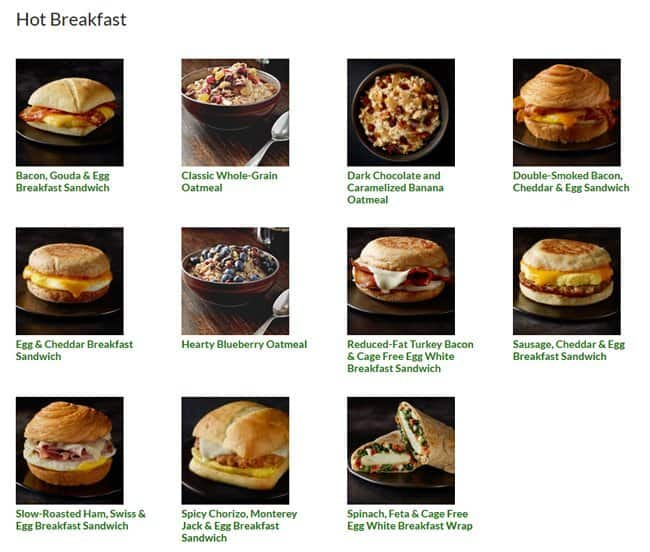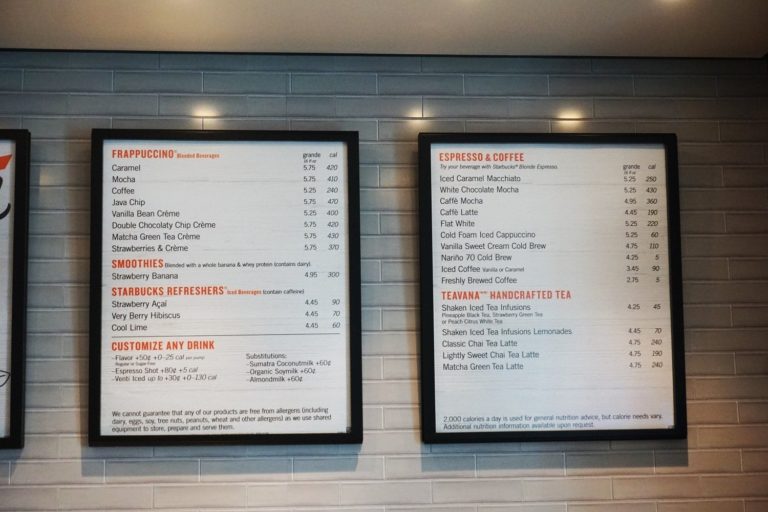

Now Starbucks is developing a feature for its app so members can scan a bag of coffee and trace its path from origin to store. First it replaced plastic cards with a digital app. It is making less waste to improve the “big food” image. Retailers similarly can extend their reach and relevance through partnerships with their loyalty applications.ġ1. Users add funds to their Starbuck Cards via the Aeroplan Visa, or use their Starbucks app to access the Visa. In a move from retail partnerships to payment partnerships, Starbucks Canada recently entered a one-year agreement with TD Aeroplan Visa, in which customers earn 50% more Aeroplan Points with Starbucks purchases. This attracts foot traffic, and the more Starbucks Rewards members, the higher the traffic. Starbucks has long partnered with retailers, including Target TGT and Kroger KR, by operating locations within their stores. This change is possible because of the order-ahead capabilities of the Starbucks Rewards app. It’s likely other retailers, as well as restaurants, will be watching closely to see how consumers adapt to this new offer.ġ0. In June, Starbucks announced an 18-month plan to add drive-thru and curbside pickup options to company-operated stores and Starbucks Pickup locations. It will test how well “express stores” work. By gamifying the experience and putting a promotional program to work to engage the customer beyond simple discounts, this is a game every retailer should pay attention to as it shapes its own program.ĩ. Like other activities tied to Starbucks Rewards, the sheer size of its membership – 19.4 million – ensures a level of adoption from which other retailers could learn. Starbucks entered digital gaming in 2015 with its Starbucks for Life and then Bonus Star Bingo, which enable loyalty members to accumulate points and prizes over a period of time. As more retailers turn to chatbots during the pandemic, Starbucks’ early entry can serve as a model.Ĩ.


In the same year, Amazon AMZN added a reorder option to its Amazon Alexa platform. It has helped further artificial intelligence in ordering. In 2017, the Starbucks My Barista chatbot debuted, so members could order their favorite coffees by voice command. The company reportedly employs analytic experts to assess demographic, income and economic data, and it’s likely it uses its reward program data as well, for improved success rates in new locations.ħ. With 22,000 new locations planned by 2030, that affects a lot of retailers. The “ Starbucks effect” is a tracked phenomenon in which real estate surrounding a Starbucks location rises in value. It can be linked to improved property value. This serves as a reliable test for retailers considering the same.Ħ. Members still earn the same number of points by scanning their Starbucks app, so the company expects the expansion to attract a wider customer base. In the fall, Starbucks began allowing reward members to pay for orders by cash, credit/debit card and select mobile apps. In 2019, Starbucks attributed 40% of its overall sales to the program, and a lot of those purchases are likely due to promotions.ĥ. Starbucks Rewards has reinforced how lucrative member data can be when used to send relevant offers at crucial times. More than one-third (35%) used the feature to order ahead every time they visited a Starbucks.Ĥ. As of 2019, the majority of members who used the app did so to order ahead and/or to pay in store. In 2014, Starbucks introduced Starbucks Mobile Order & Pay, and conditioned millions of people to lock into their purchases ahead of time.

It mainstreamed pre-ordering and payment. This encourages shoppers to buy their Starbucks in more channels, and benefits the retailers that carry it.ģ.
#Recent menu discount in starbucks code
Members who purchase Starbucks packaged coffee at grocery stores earn points by entering a Star code that is on a package sticker, and it sometimes rewards bonus points for such purchases.


 0 kommentar(er)
0 kommentar(er)
